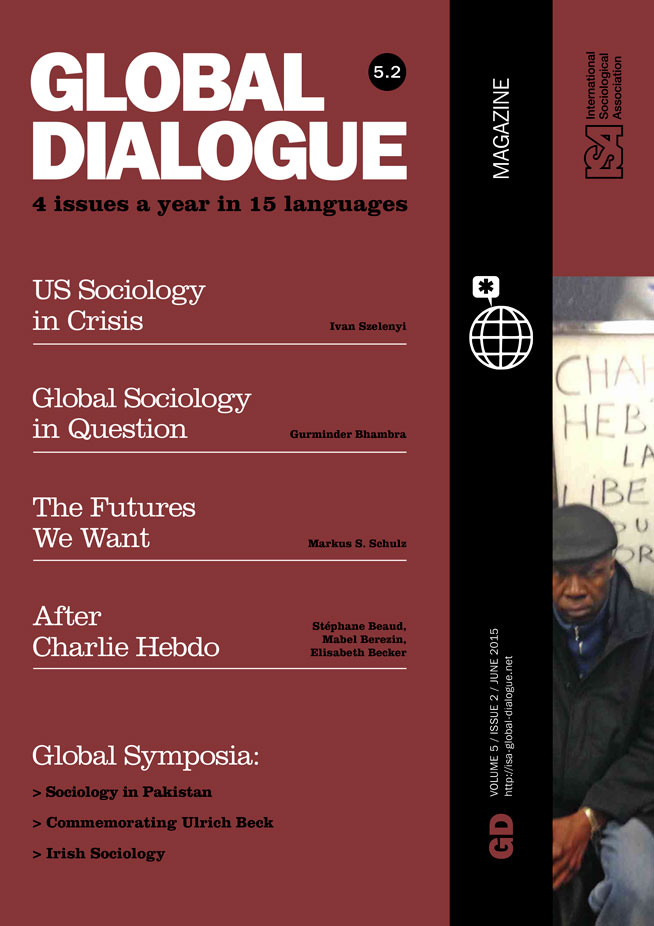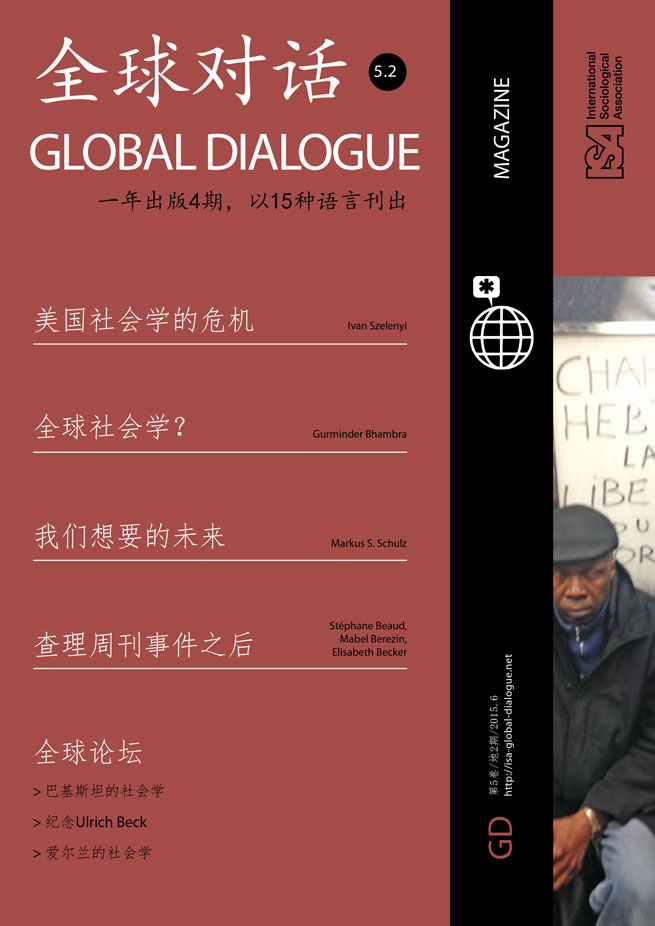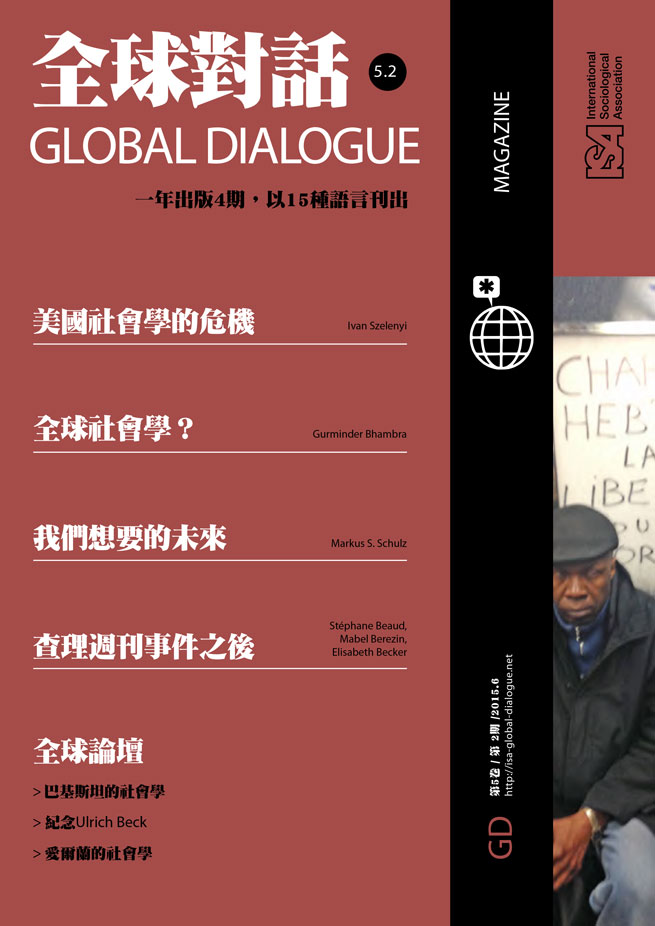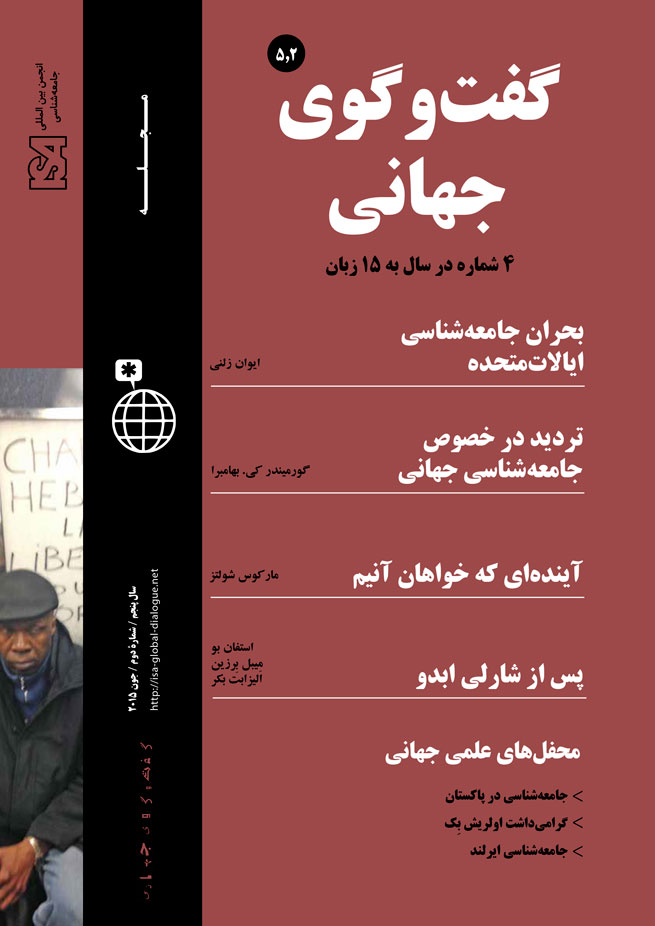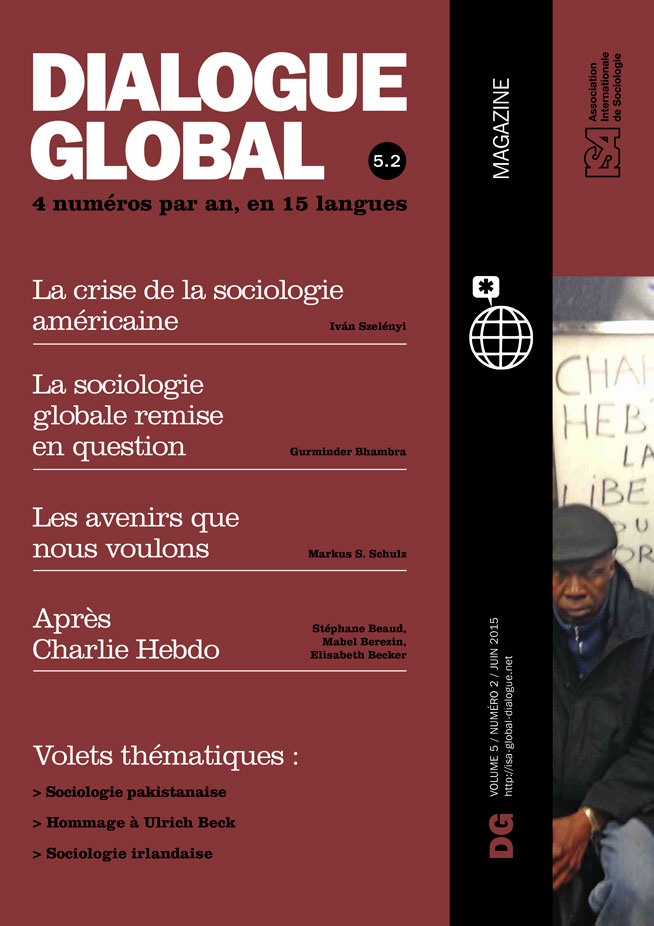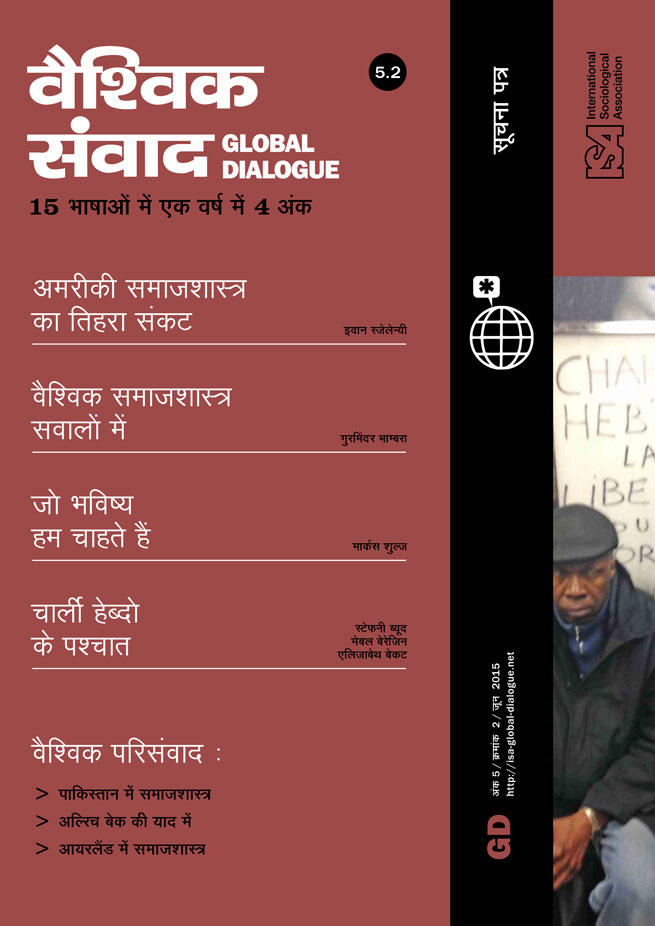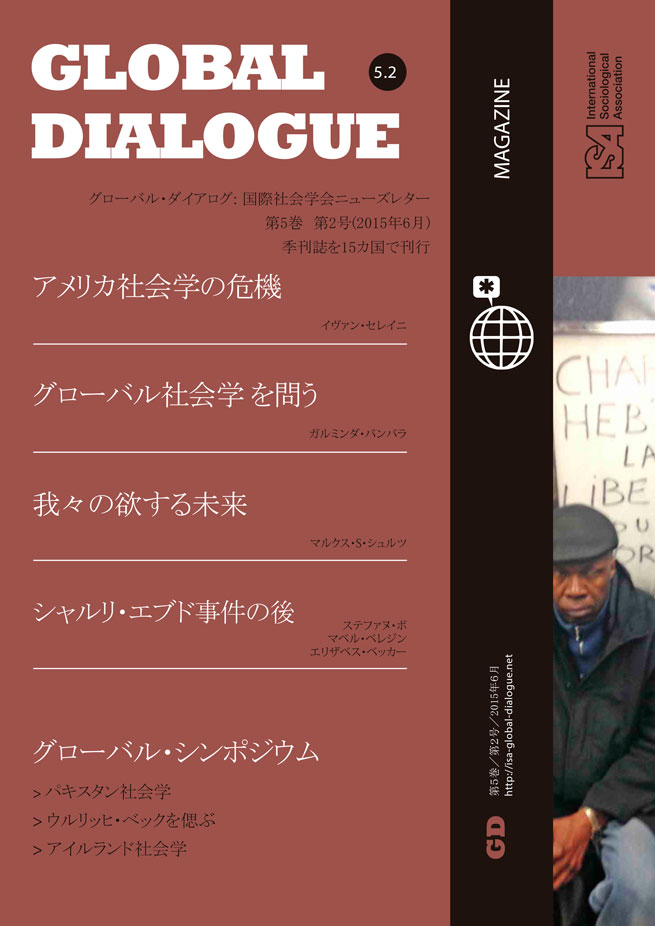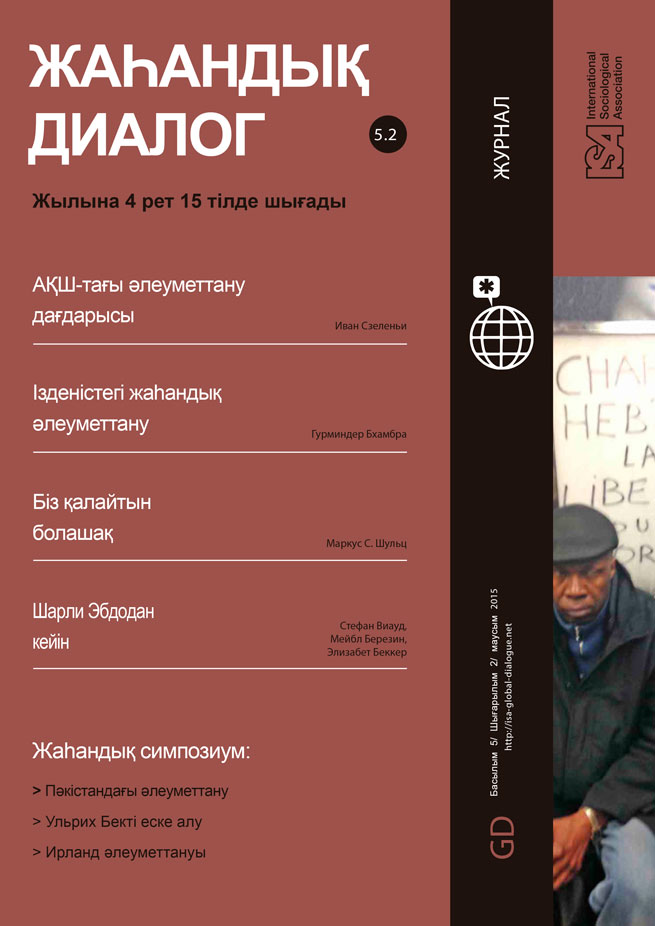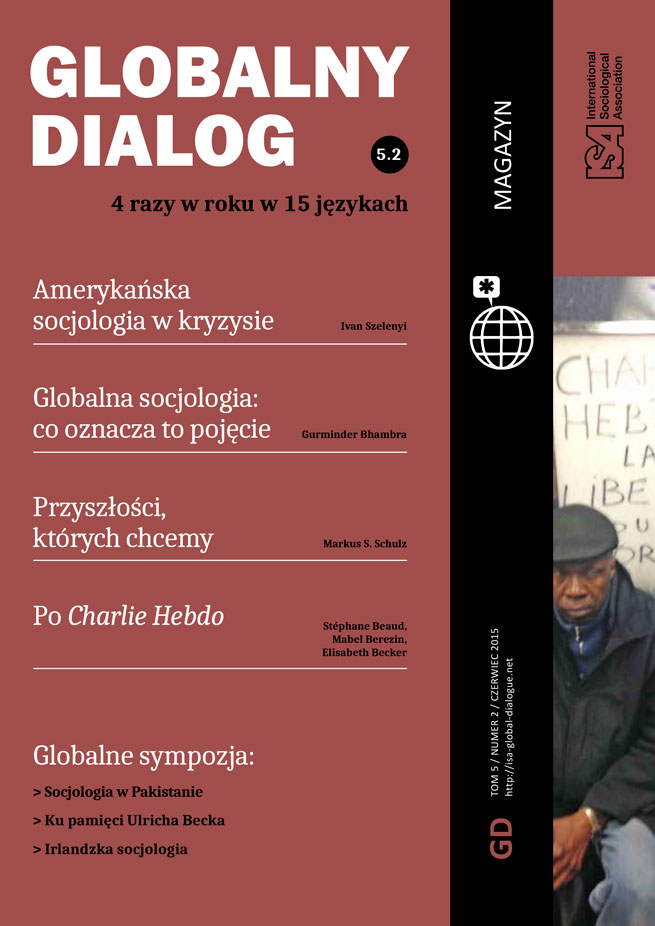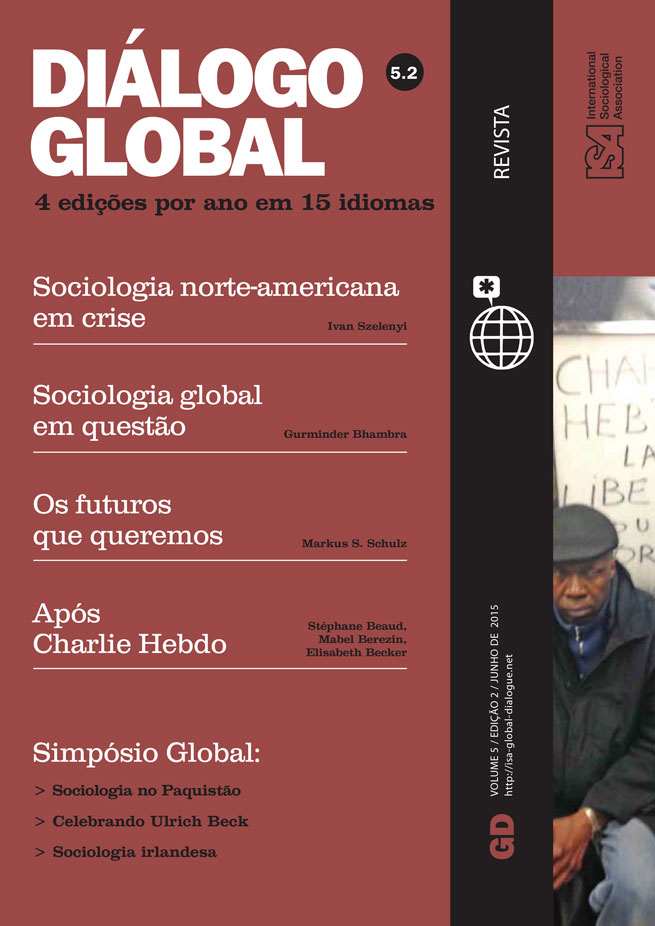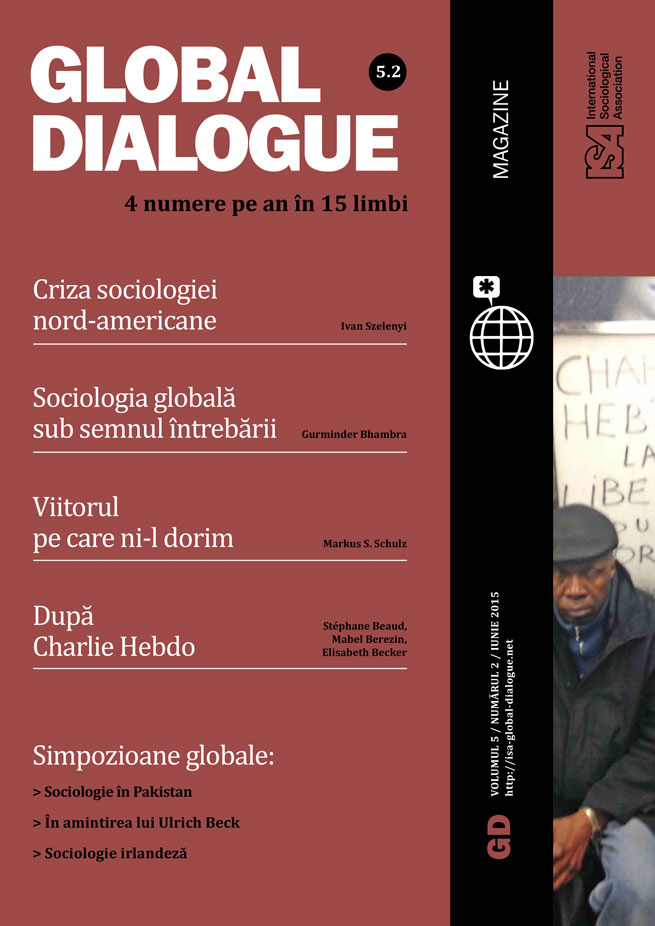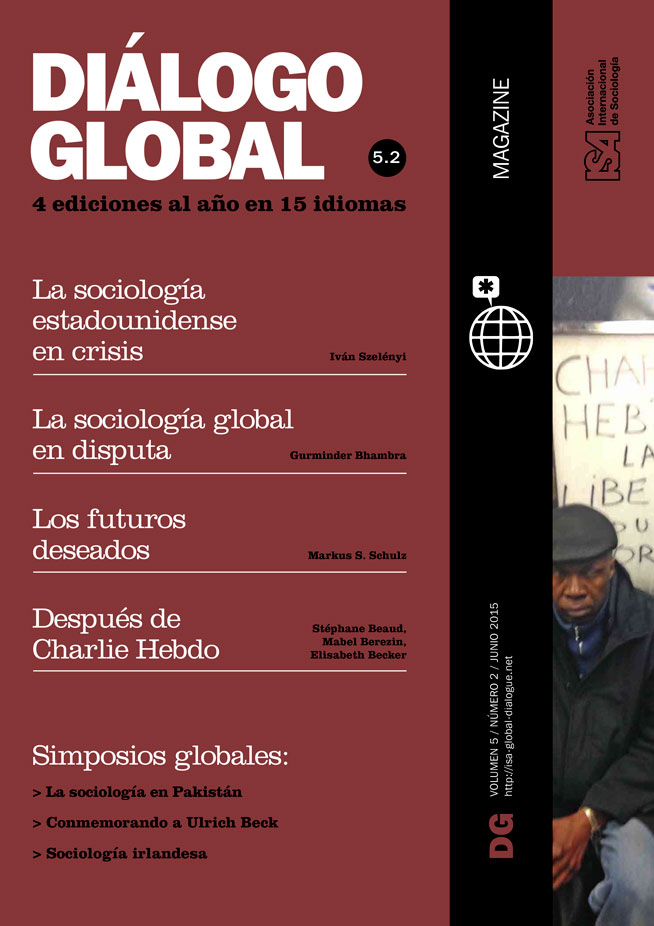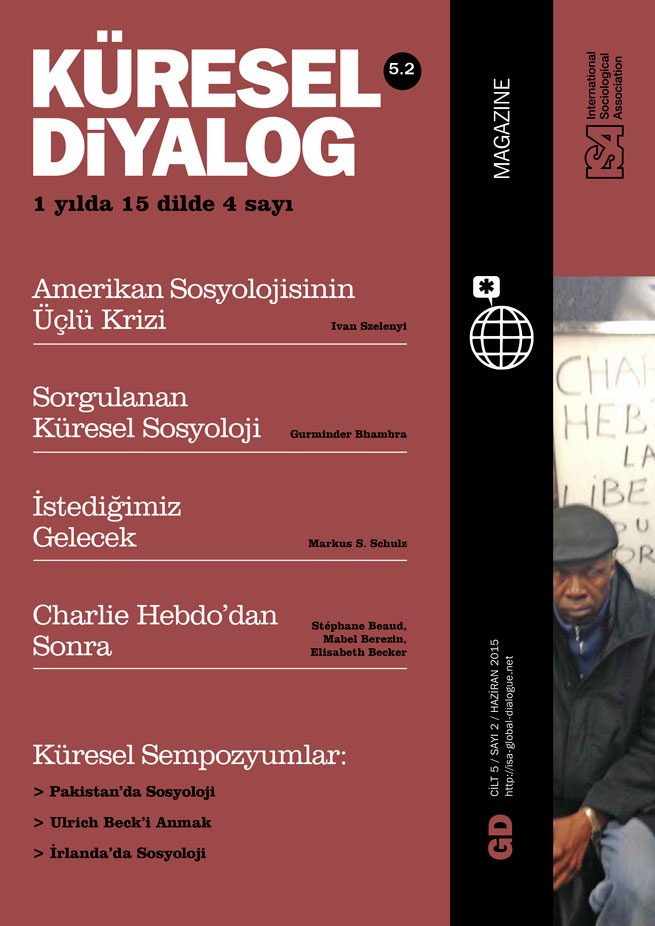Ireland’s Journey to Economic Disaster
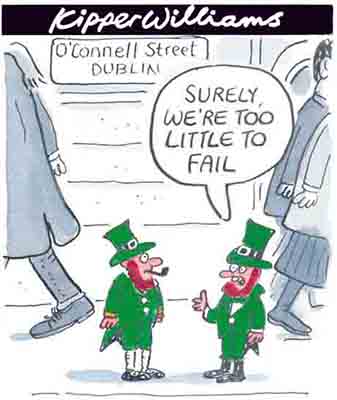
April 30, 2015
In the 1990s, Ireland was known worldwide as the fast-growing “Celtic Tiger.” Booming exports driven by foreign investment got the headlines, but the real story was a massive growth in employment in a country historically marked by high unemployment and emigration. At the end of the 1990s boom, Irish society had hitherto unimaginable resources available, including economic, institutional and cultural riches. The Irish economy had been stabilized, significant developmental gains were made, and the massive burden of repaying a huge national debt left over from the 1980s was about to be lifted.
By 2008, however, those resources had disappeared in smoke, apparently exploded to pieces by the financial crisis. The 1990s poster child for liberal global economics had been transformed into a cautionary tale of capitalism at its most reckless.
What led to this dramatic transformation? Three of the grand themes of contemporary capitalism – financialization, international integration and “liberal” economic policies – intertwined to make Ireland’s crisis particularly dramatic. First, the 1990s boom had built on productive investment in new industries supported by lively developmental state agencies, but the 2000s saw the rise of property speculation, with cheap credit and speculative “flipping” of residential and commercial buildings driving a real estate bubble. Ultimately this led to a banking crash, and massive bank debts were loaded onto the public.
Second, Ireland’s financialization had been driven to dangerous heights by the changing dynamics of European integration. In the 1990s, European public funds supported a high proportion of Ireland’s investment. In the 2000s, however, huge inflows of private lending dominated the economy, and Irish banks became heavily indebted to international lenders. As a matter of policy, the European Union promoted increased financial integration – including through the creation of the euro as a unifying currency – even as many national governments and the European Commission reduced social and capital investment. Where once Europe had invested heavily in the future, it now speculated on it.
Third, Ireland’s own national politics helped turn the pressures of international financialization into a domestic disaster. The government of the late 1990s combined populism and neo-liberalism in a dangerous cocktail, cutting almost all taxes and becoming ever-more dependent on a property sales tax to fund increased spending. When the credit and real estate bubbles burst in the crisis of 2008, Ireland was left with a huge hole in its public finances – and in response, Ireland shifted abruptly to dramatically increased taxes and drastic cuts in spending.
Ireland’s story offers some important lessons about actually existing economic liberalism. Often classified with the Anglo-American “liberal” family of capitalisms, some features of Ireland’s experience are familiar. Cutting capital gains tax and providing tax breaks to boost investment, relying on the stock market to provide oversight, insisting on “light touch” banking regulation and limiting state capacity to even gather information about bank activities – all these crucial and familiar “market mechanisms” contributed directly to Ireland’s disastrous crash.
There were other elements too, of course. A highly centralized government system gave enormous power to a small group of key ministers, facilitating a narrow and closed view of economic development while weakening democratic governance. Fiscal policies that drove the speculative bubble ever higher while weakening the national tax base laid the foundations for later austerity. A welfare state that focused on cash payments rather than universal public services undermined public support for protecting social services. All of these were political factors that had a major impact. But each is also a characteristic of the “liberal” world of capitalism. The Anglo-American liberal economies tend to have more hierarchical public and private organizations and to give more power to government parties; they tend to run budget deficits and emphasize benefits linked to income rather than universal services. These features may not be aspects of “markets” but they are most common in liberal capitalisms – and are therefore common elements of actually existing liberalism.
More than six years after its crash, Ireland’s economy is now showing signs of a fragile and uneven recovery. In particular, employment is growing and tax revenues are increasing, while budget deficits are narrowing. However, Ireland’s ability to move forward is threatened by the same three trends that contributed to its crash. While banks are not lending as recklessly as they once did, they provide little credit to productive businesses, and the government has only just created a long-promised state investment bank. Both finance and property are once again being boosted as growth sectors, so rising rents and prices are putting pressure on households and small businesses.
Alongside this emerging re-financialization, the Eurozone’s policy response has been famously inadequate. Perhaps it is not surprising that European leaders have pursued “austerity” as even Europe’s social democracies have historically been reluctant to run budget deficits and expose themselves to international financial markets. But it does seem surprising that these same social democracies have consistently rejected serious attempts to balance current spending cuts with significant investment plans to boost growth or social well-being. A current investment plan, channeled through public agencies, is dwarfed by a new round of “quantitative easing,” which shovels funds into private finance.
Finally, Ireland’s current government is rushing once more to cut taxes, not surprisingly a popular move with a beleaguered population. This brings into focus a challenge for the forces opposing current European and Irish austerity policies. Contrary to common perceptions, balancing budgets has not been a tactic of Europe’s economic liberals, but of the EU’s social democrats. They have sought social solidarity in a social contract based on high employment, strong social services and egalitarian wages – all wrapped in a protective shell of prudent finances. The Irish and European approaches today emphasize only the shell, including precious little of the social protection. The re-discovery of an older social democratic project involving prudence, protection and economically and socially productive activity – an approach too long marginalized within European Union policy debates – is long overdue.
Seán Ó Riain, National University of Ireland Maynooth, Ireland <Sean.ORiain@nuim.ie>


